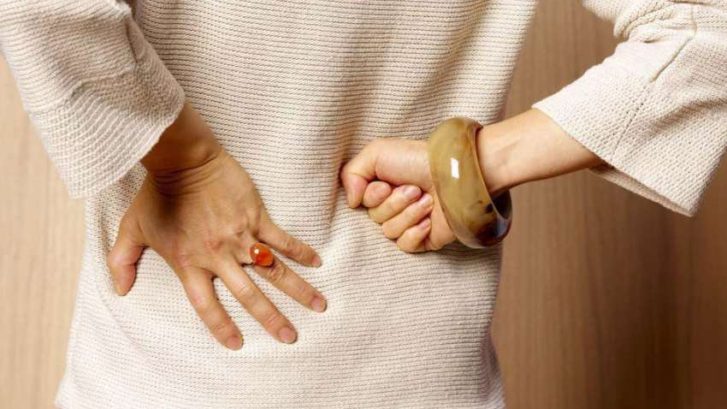Incidence of Kidney Stones Increasing, New Study Shows
Your concierge doctors in Jupiter, FL, at MD 2.0, know that one of the most painful conditions a human can experience is a kidney stone. The excruciating pain they cause has been compared to that of childbirth.
Now a new study by the Mayo Clinic in Rochester, Minnesota, shows that kidney stones have increased more than fourfold among women and more than twofold among men over the last three decades.
Young women ages 18 to 39 had the largest increase, rising from 62 to 252 cases per 100,000 person-years from 1984 to 2012, CNN reported. (One person-year is a year lived by each study participant for the duration of the study.) This study confirms others that have shown a recent increase in their incidence.
According to the National Kidney Foundation (NKF), about 10 percent of people will have a kidney stone over the course of their lifetime. Each year, more than half a million people will visit an emergency room for a kidney stone attack.
A kidney stone is a rough, hard object that is made from chemicals normally found in urine. Urine contains various wastes dissolved in it. These wastes begin to crystallize when there is too much waste in too little liquid, joining with other elements to form a solid object. This “stone” will continue to grow larger unless it is excreted with urine.
The stone begins in the kidney, and it can either remain there or travel down the urinary tract into the ureter. If it’s not small enough to pass out with the urine, it can cause a back-up of urine in the kidney, ureter, bladder, or urethra, causing pain.
Although many kidney stone attacks are genetically influenced, they can also be seen with other diseases such as diabetes, high blood pressure, infections, and obesity. The NKF says other possible causes include drinking too little water, too much or too little exercise, weight-loss surgery, or consuming food with too much salt or sugar.
Symptoms include:
- severe pain on either side of the lower back
- vague pain or stomach pain that doesn’t go away
- blood in the urine
- nausea or vomiting
- fever and chills
- urine that smells bad or looks cloudy.
If you think you have a kidney stone, see us as soon as possible. We can confirm its presence and prescribe pain medication and/or alpha blockers that will relax the muscles in the ureter. Most kidney stones eventually pass (with severe pain), but large stones may require surgery.
How can you prevent kidney stones?
“Nothing, nothing, trumps fluids,” Dr. Ralph Clayman, a professor of urology at the University of California, Irvine, told CNN. Clayman, an expert on kidney stone disease, was not involved in the study.
“If you’re drinking three quarts a day and making two-and-a-half quarts of urine a day, that’s the best way you can protect and defend either against getting a kidney stone or, if you’ve had them, defend against getting them again,” he said.
The Mayo Clinic echoed that advice, recommending that unless your doctor tells you otherwise, you should drink enough fluid-mostly water-to produce clear or nearly clear urine.
The NKF also recommends high water intake, especially when you’re engaging in activities that cause heavy perspiration: saunas, hot yoga, or heavy exercise, for example.
It also advises combining such oxalate-rich foods as nuts and seeds, grains, legumes, chocolate, and tea with calcium-containing foods during meals. Calcium oxalate stones are by far the most common, and eating calcium- and oxalate-rich foods together will tend to cause these potential troublemakers to bind to each other, thus canceling out their effects.
And be sure to consult with us if you have recurrent kidney stones. The NKF warns that without the right medications and diet adjustments, stones can recur, and that recurring kidney stones could also be an indicator of other problems, including kidney disease.

